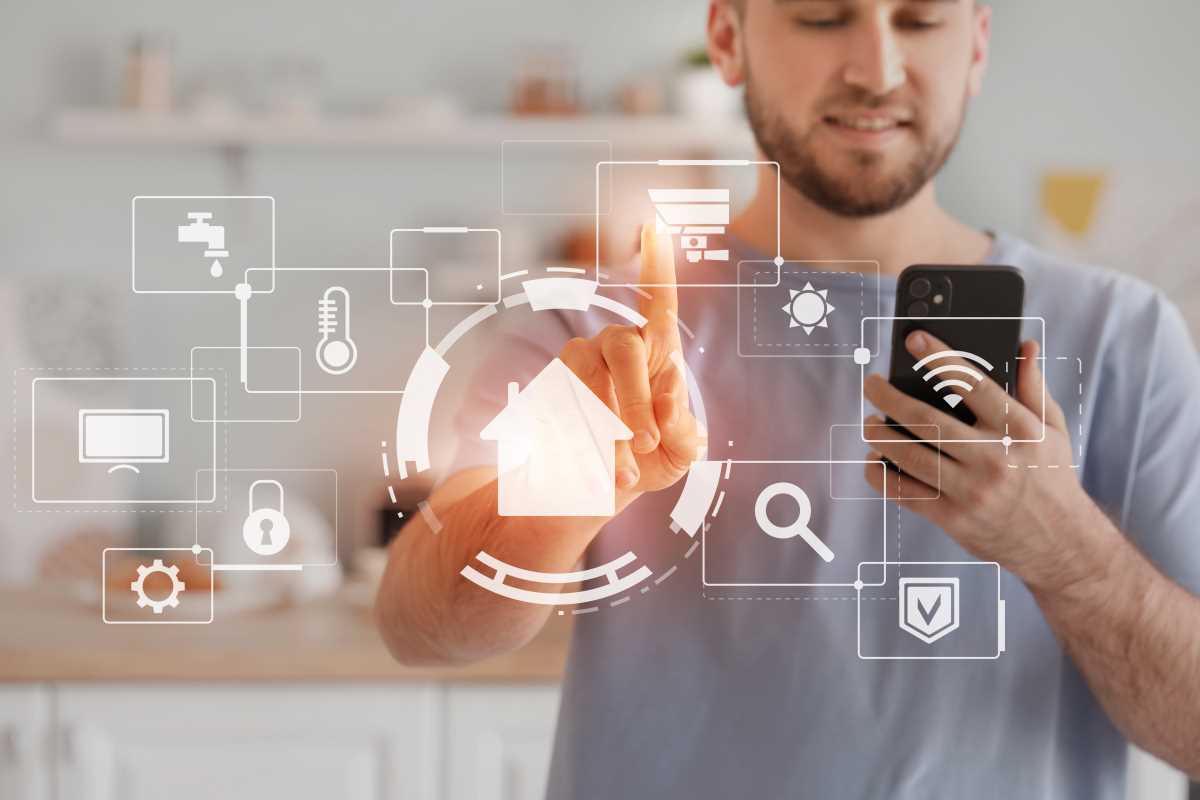Think about the last time you visited a doctor’s office or hospital. Maybe you noticed a nurse inputting your information into a tablet instead of a clipboard, or perhaps you scheduled the appointment through an app instead of making a phone call. These small changes are just the tip of the iceberg when it comes to how technology is reshaping the healthcare industry. From faster diagnosis tools to personalized treatment plans, technology is fundamentally changing how we approach medicine and patient care.
But it’s not just about fancy gadgets or software. The integration of tech into healthcare is saving lives, making treatments more effective, and even giving people the chance to manage their own health like never before. Whether it’s through cutting-edge artificial intelligence, wearable devices, or telemedicine, innovation is making healthcare smarter and more accessible. Let's explore some of these groundbreaking technologies and how they’re redefining what’s possible in medicine.
Smarter Diagnoses with Artificial Intelligence (AI)
One of the most impressive ways technology is changing healthcare is through artificial intelligence. AI refers to computer systems that can learn and make decisions, often faster and more accurately than humans.
How AI Is Enhancing Diagnostics
Traditionally, diagnosing illnesses relied heavily on human judgment. While doctors are incredibly skilled, they’re still limited by how much information they can process at once. That’s where AI comes in. AI systems can analyze enormous amounts of medical data—from X-rays to lab results—to detect patterns that might be invisible to the human eye.
For example, algorithms trained to recognize cancer cells in imaging scans have proven to be just as reliable, if not better, than trained radiologists in some cases. This means diseases like breast or lung cancer can be caught earlier, which greatly improves the chances of successful treatment.
Real-World Example
Google’s DeepMind created an AI system that identifies over 50 different eye diseases just by analyzing retinal scans. This groundbreaking tool can not only diagnose problems but also suggest treatments, helping doctors act faster.
Telemedicine Is Bringing Doctors to You
Remember when seeing a doctor always meant driving to the clinic, waiting in line, and flipping through old magazines in the lobby? Telemedicine is changing that by letting you consult with healthcare professionals virtually, often from the comfort of your own home.
What Is Telemedicine?
Telemedicine uses video calls, apps, or online platforms to connect patients with doctors remotely. This became especially popular during the COVID-19 pandemic when in-person visits weren’t always possible or safe.
Benefits of Telemedicine
Telemedicine offers convenience and accessibility, especially for people in rural or underserved areas. Someone who might not have access to a specialist locally can now connect with top-notch experts from across the country.
For instance, virtual therapy sessions are now widely available for those seeking mental health support. And if you wake up with a sore throat and aren’t sure whether it’s just a cold or something more serious, you can consult a doctor online within minutes instead of waiting days for an appointment.
Wearable Devices for Proactive Health Monitoring
Technology isn’t just helping us get better when we’re sick; it’s also helping us stay healthier to begin with. Wearable devices like smartwatches and fitness trackers are empowering individuals to actively monitor their health and make better lifestyle choices.
What Do Wearable Devices Do?
Wearable devices track things like your heart rate, sleep patterns, steps taken, and even oxygen levels in your blood. More advanced devices like the Oura Ring or the Apple Watch can monitor irregular heart rhythms, alerting the user to potential issues before they become emergencies.
These gadgets are especially helpful for people managing chronic conditions. For example, people with diabetes can use wearable glucose monitors that continuously check their blood sugar, making it easier to adjust diet or medication as needed.
Real-World Example
During the pandemic, researchers began using data from wearables to detect early symptoms of COVID-19. This innovative use of existing technology demonstrated how powerful devices we wear every day can be in monitoring public health.
Robotics Are Changing Surgeries
Surgery has always been one of the most challenging aspects of medicine, requiring incredible precision and skill. But now, robots are lending surgeons a helping hand (or arm).
How Robots Assist in Surgeries
Robotic systems, like the da Vinci Surgical System, allow doctors to perform complex surgeries with more precision than traditional methods. These robots are not autonomous; rather, they are controlled by highly trained surgeons. The machines can make smaller, more exact movements, resulting in less pain, shorter recovery times, and smaller scars for patients.
Real-World Example
Robotic surgery is commonly used for minimally invasive procedures like removing tumors or repairing damaged tissues. For patients undergoing heart surgery or hysterectomies, robotic systems make the process safer and more efficient.
Personalized Medicine with Genetic Technology
No two people are exactly the same, and that includes how we respond to medical treatments. Personalized medicine, or precision medicine, uses genetic information to tailor health care to the individual.
What Is Personalized Medicine?
Doctors can now analyze a person’s genetic makeup to determine the best course of treatment for diseases like cancer, diabetes, or rare genetic disorders. For example, if two patients have breast cancer, their tumors might be genetically different. Personalized medicine uses these differences to prescribe treatments that will be the most effective for each individual.
Potential for the Future
The promise of personalized medicine goes far beyond treating illnesses. Scientists are working on genetic technology that could predict which diseases you’re most at risk of developing and how to prevent them entirely.
Big Data Is Improving Patient Care
Every time you visit the doctor or hospital, your health data gets recorded. Traditionally, this data was stored in paper files, but now it’s being digitized, creating what’s called “big data.”
What Is Big Data in Healthcare?
Big data refers to the massive amount of health information being collected today. This data can be analyzed to reveal patterns or insights that help improve medical care. For example, hospitals can use big data to track how effective a treatment is across thousands of patients or to predict outbreaks of diseases in certain areas.
Real-World Example
Big data is already helping reduce hospital readmissions. By analyzing which patients are most likely to need additional care after being discharged, healthcare providers can offer more support, reducing the chances of a return visit.
 (Image via
(Image via





